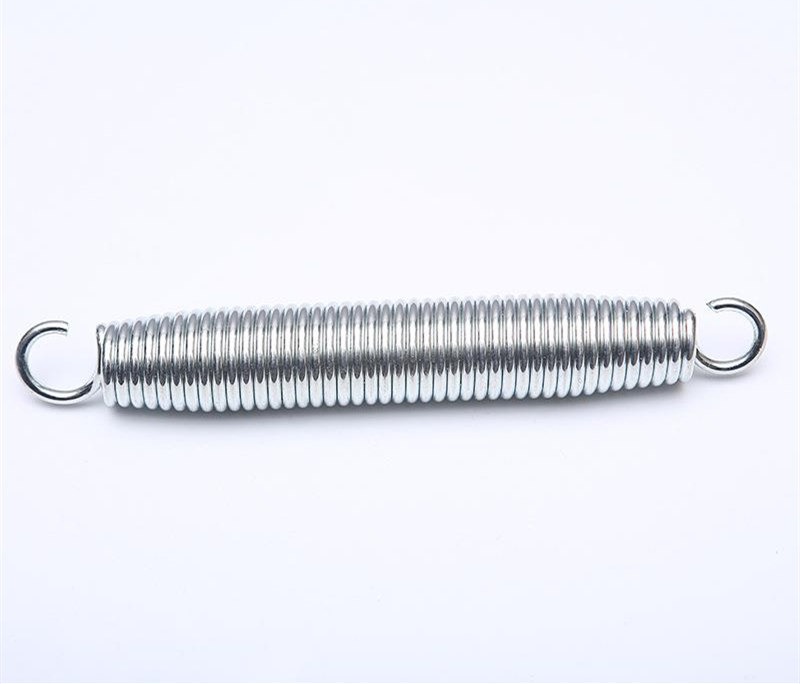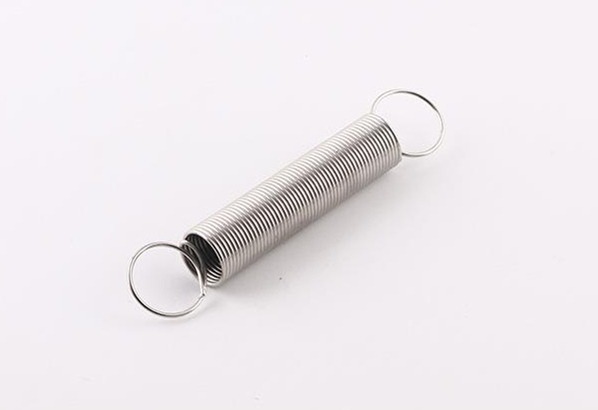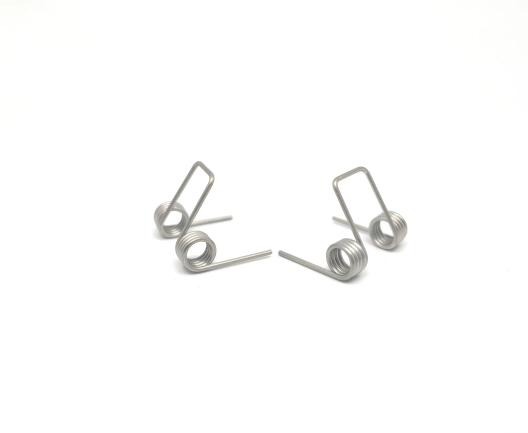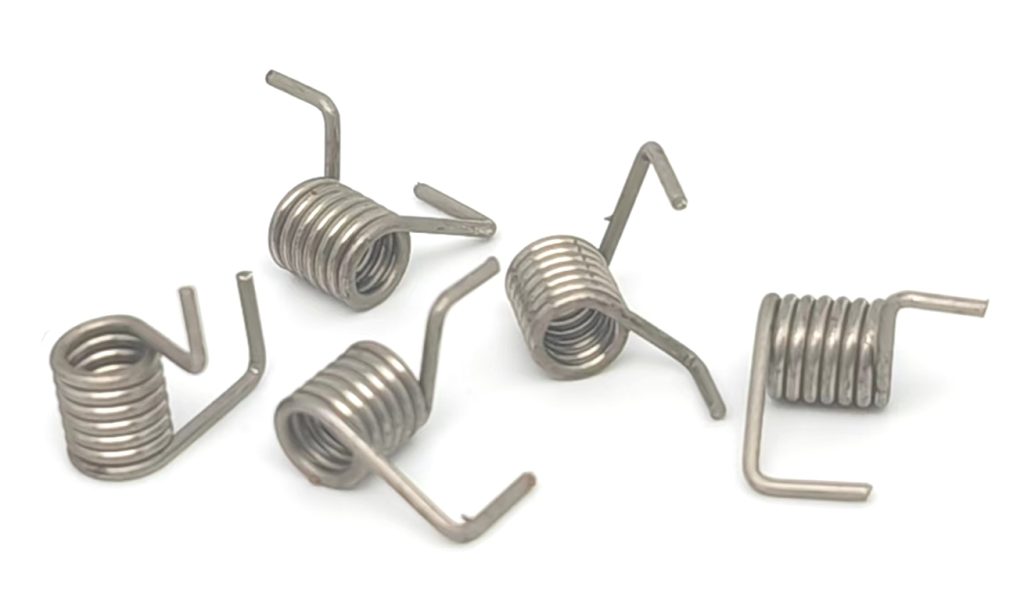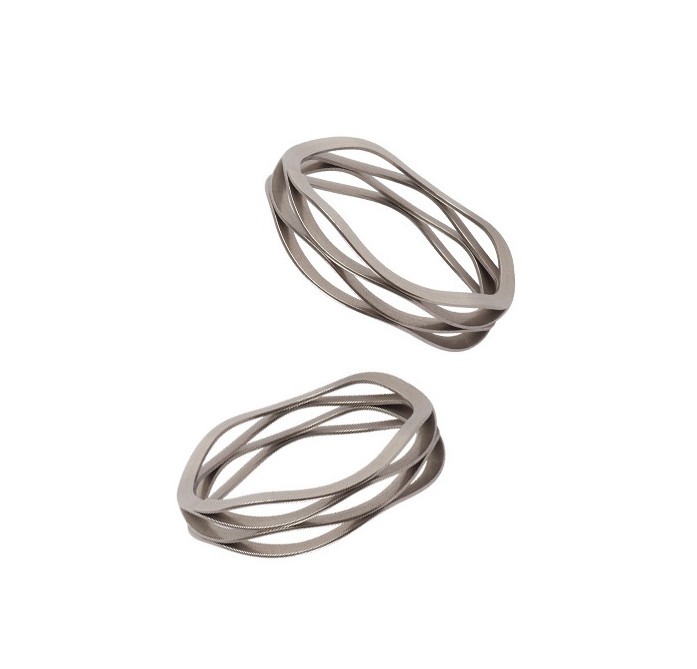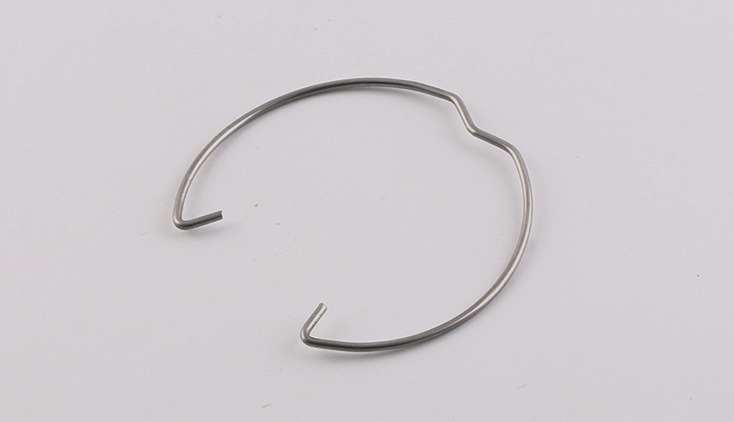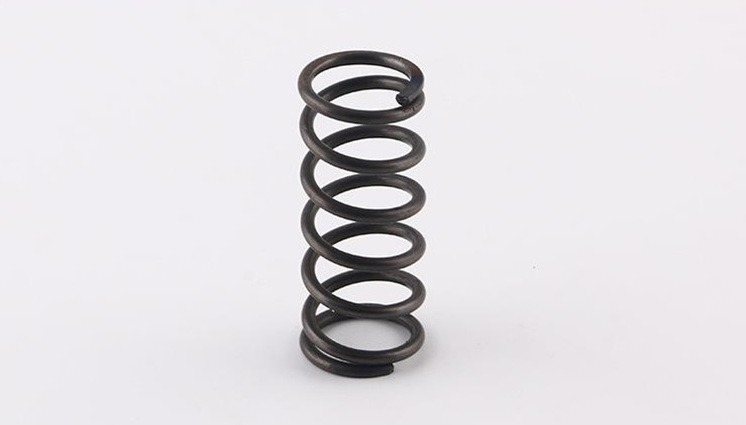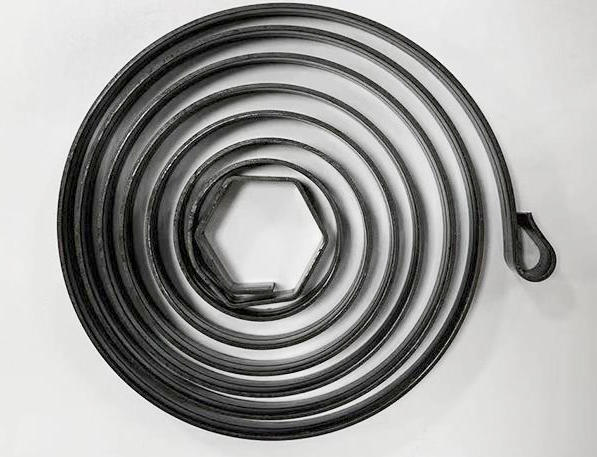What Should Be Considered For Tension Spring Design
Tension springs are an essential component in many different mechanical systems. They are used to absorb and store energy, providing a force that can be used to actuate or control movement. Proper tension spring design is critical to ensure that these components perform optimally and reliably over time. In this article, we will discuss the factors to consider in tension spring design, the design calculations required, design considerations, and prototyping and testing.
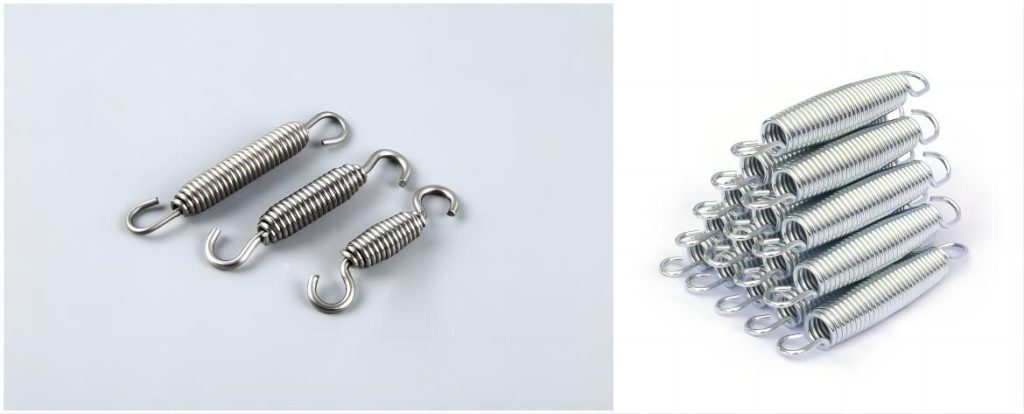
What are the Basic Factors to Consider in Tension Spring Design
Several factors must be considered when designing a tension spring. These factors include the material selection, wire size, coil diameter, pitch, number of coils, and initial tension.
Material Selection:
The material chosen for the tension spring must be able to withstand the loads it will experience during use. Factors such as temperature range, corrosion resistance, and fatigue life should be taken into account when selecting the material.
Wire Size:
The wire size chosen will determine the amount of force the spring can exert. A thicker wire diameter will result in a stronger spring with a higher spring rate.
Coil Diameter:
The coil diameter refers to the outside diameter of the spring. This parameter affects the number of coils required to achieve the desired spring length and load.
Pitch:
The pitch of the spring refers to the distance between adjacent coils. A tighter pitch results in a stronger spring with a higher spring rate.
Number of Coils:
The number of coils required will depend on the desired spring length and load. The number of coils can be calculated using the spring rate and the desired deflection.
Initial Tension:
The initial tension of the spring refers to the force required to begin compression or extension. The initial tension can be calculated using the spring rate and the number of coils.
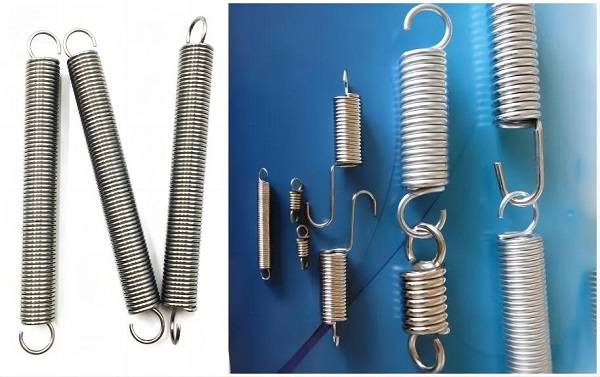
How to Calculate in Tension Spring Design
Several calculations are required when designing a tension spring. These tension spring calculations include the calculation of the spring rate, maximum load, maximum deflection, and stress.
Calculation of Spring Rate:
The spring rate is the force required to compress or extend the spring by a certain amount. The spring rate can be calculated using the following formula:
Spring Rate = (G x d^4) / (8 x D^3 x n)
where G is the shear modulus of the material, d is the wire diameter, D is the coil diameter, and n is the number of coils.
Calculation of Maximum Load:
The maximum load the spring can withstand without permanent deformation can be calculated using the following formula:
Maximum Load = (G x d^4 x L) / (8 x D^3 x n^3)
where L is the length of the spring.
Calculation of Maximum Deflection:
The maximum deflection of the spring can be calculated using the following formula:
Maximum Deflection = (8 x F x L^3) / (G x d^4 x π^3 x n^3)
where F is the applied force.
Calculation of Stress:
The stress in the spring can be calculated using the following formula:
Stress = (F x D) / (8 x d^3 x n)
where F is the applied force.
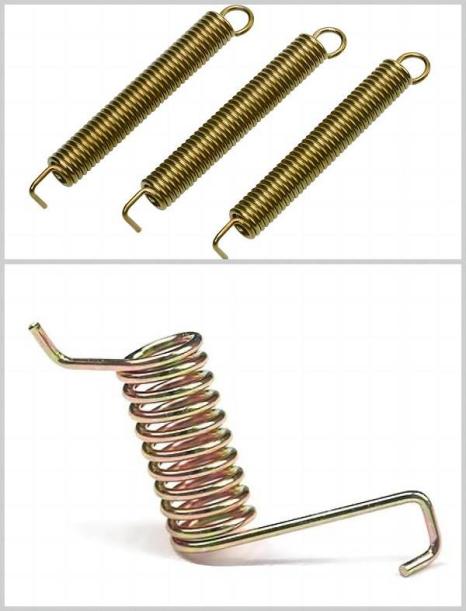
What are Other More Considerations In Tension Spring Design
Several design considerations must be taken into account when designing a tension spring. These considerations include end type selection, bend radii, surface finish, shot peening, and stress relief.
End Type Selection:
The selection of the end type will depend on the application. Common end types include closed ends, open ends, hooks, and tangs.
Bend Radii:
The bend radii must be large enough to prevent stress concentrations, which can lead to premature failure.
Surface Finish:
The surface finish of the tension spring can affect its performance. A smooth surface finish will reduce friction and improve the life of the spring.
Shot Peening:
Shot peening is a process that involves striking the surface of the tension spring with small, hard particles to induce compressive stresses and improve its fatigue life. This process can help to prevent cracks and other forms of damage that can occur due to cyclic loading.
Stress Relief:
Stress relief is a heat treatment process that can be used to reduce the residual stresses in the tension spring. This process can help to prevent premature failure and improve the performance of the spring over time.
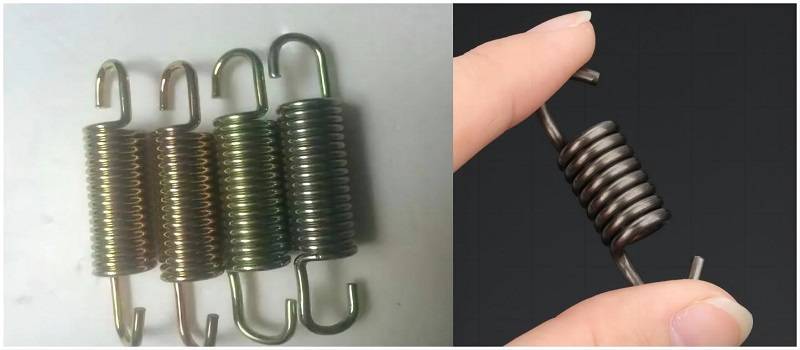
What are Prototyping and Testing In Tension Spring Design
Prototyping and testing are critical steps in the tension spring design process. Prototyping allows for the evaluation of the design and can reveal any issues that may not have been considered during the design process. Testing allows for the verification of the spring’s performance under real-world conditions.
Importance of Prototyping:
Prototyping is an essential step in the tension spring design process. It allows for the evaluation of the design and can reveal any issues that may not have been considered during the design process. Prototyping can also help to identify any manufacturing issues that may arise during production.
Testing Methods:
Several testing methods can be used to evaluate the performance of tension springs. These methods include compression testing, tension testing, fatigue testing, and load deflection testing.
Evaluation of Results:
The results of the testing must be evaluated to ensure that the spring meets the desired performance criteria. Any issues that arise during testing must be addressed, and the design may need to be modified to improve its performance.
Iterative Design Process:
The tension spring design process is often iterative, with several rounds of prototyping and testing required to refine the design. This iterative process can help to ensure that the final design meets all of the desired performance criteria.
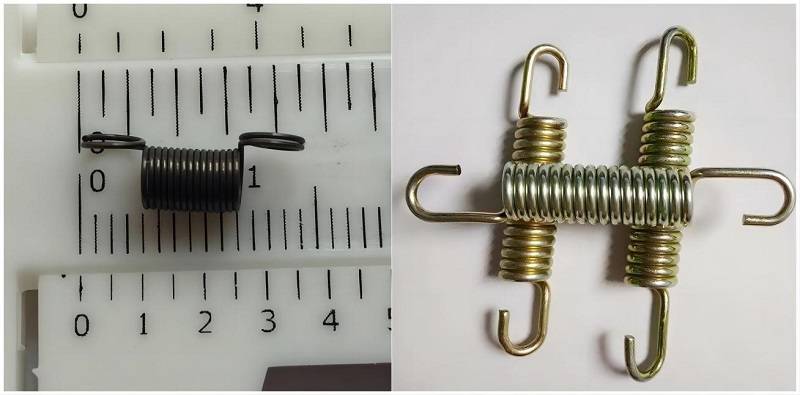
Conclusion
Tension spring design is a critical aspect of mechanical system design. Proper design is essential to ensure that these components perform optimally and reliably over time. When designing a tension spring, factors, calculations, and testing must be considered. By following these above guidelines, designers can ensure that their tension springs perform optimally and reliably over time, resulting in a successful mechanical system. KENENG is one of the leading tension spring manufacturers that could provide you with high-quality custom tension springs. If you are looking for a tension spring manufacturer, KENENG is a good choice for you.

